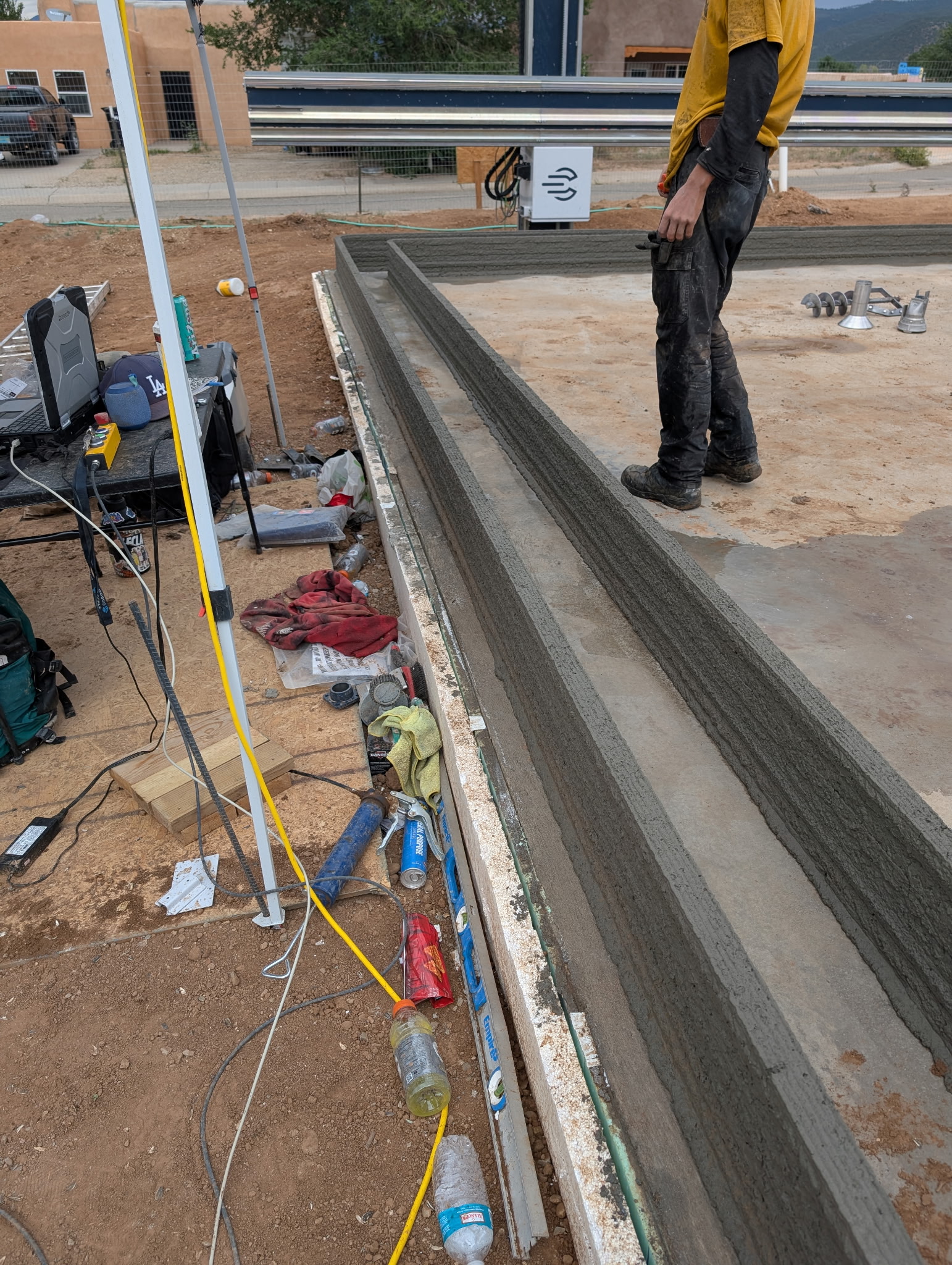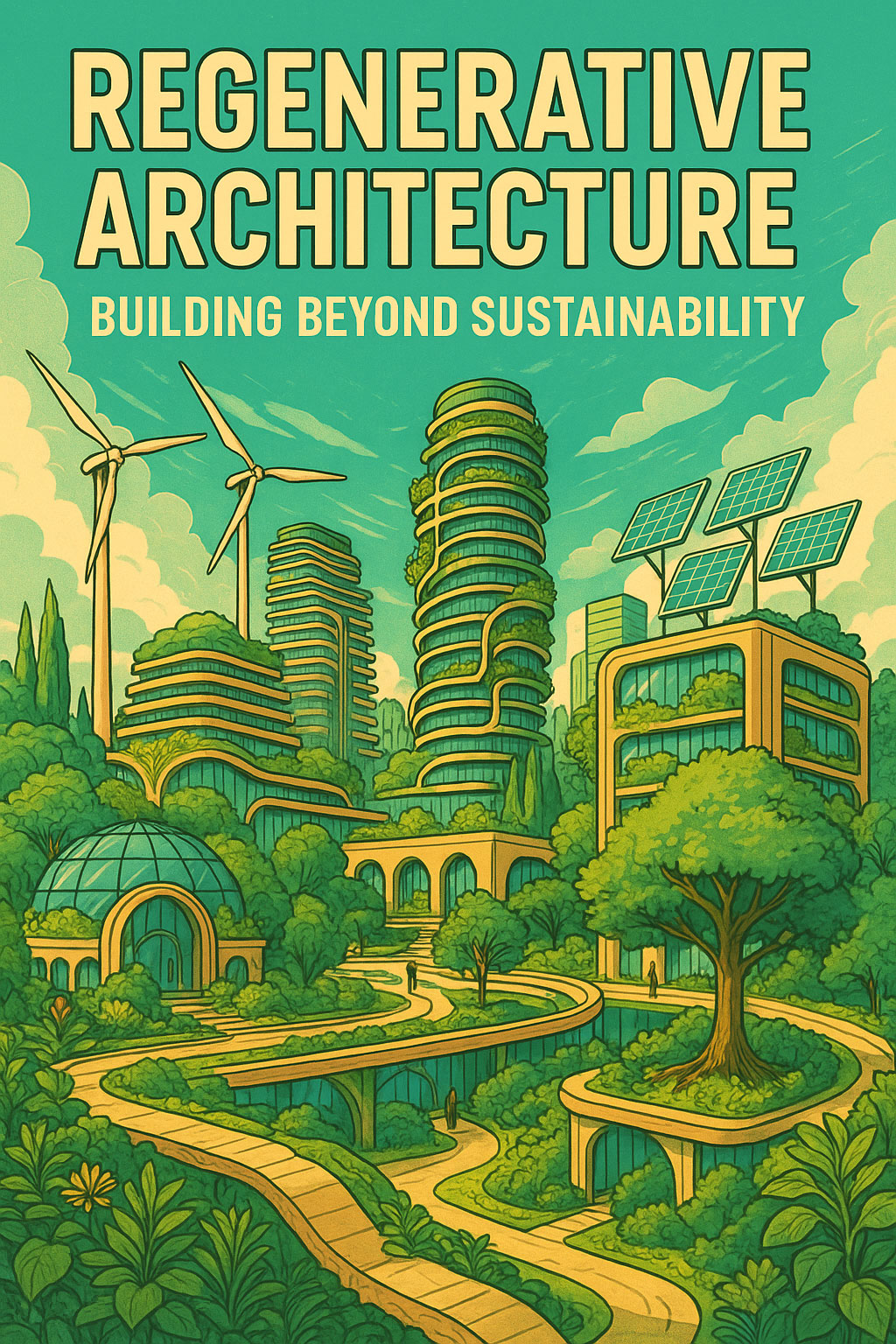Podcast: Play in new window | Embed
Subscribe: Apple Podcasts | Android | RSS | More
Podcast Transcript: Waste Water Treatment
Alright. So imagine this. You’re off grid, living the dream, totally self sufficient, maybe even, like, sipping lemonade in your greenhouse. Right? But then it hits you.
What about water? It’s one of those things we take for granted, you know, until it’s not there. Exactly. And that’s where Earthships come in with this, like, seriously ingenious water system. It’s basically sustainability redefined.
I love that. Sustainability redefined. So we’re diving deep into Earthship water systems today, and we’ve got this awesome manual all about liquid wastewater treatment. It’s like rediscovering ancient water wisdom, but for the 21st century. Totally.
Okay. So big question. How much water do you think the average person uses every single day? Oh, it’s a scary number, actually. I mean, we use water for everything.
It’s gotta be, what, like, 50 gallons? Get ready to be shocked. It’s way more than that. No way, really. Yeah.
Try 80 to a 100 gallons per person every single day. See, that’s what I mean about taking it for granted. We just don’t realize how much we’re actually using. It’s wild. Right.
And that’s exactly why these alternative solutions like what Earthships are doing are so important. Absolutely. They force us to rethink our entire relationship with water. Exactly. So let’s break it down starting with this whole gray water thing.
And don’t worry, it’s not as ominous as it sounds. Yeah. People hear gray water and they think, I don’t know, something out of a black and white movie. Right. But it’s actually much simpler than that.
We’re just talking about the water from your sinks, showers, laundry, basically, everything except the toilet water. The stuff we use every day. Exactly. And here’s where Earthships get really clever. Instead of sending all that gray water to a treatment plant, they use this cool system with the diverter valve.
It’s like sending that used water on a whole different adventure. Yeah. Like giving it a second life instead of just flushing it away. Exactly. And that second life involves a whole lot of plant power.
Which is where it gets really interesting. Okay. So walk me through this. We’ve got our gray water. It’s been diverted.
What happens next? So picture this, a mini botanical treatment plant built right into your home. Okay. I like where this is going. That’s basically what an interior botanical treatment cell is.
It’s a specially designed indoor planter that filters and cleans that gray water. So instead of sending it down the drain, we’re sending it to the plants. That’s brilliant. And I’m guessing California’s gray water regulations probably played a role in shaping the system. Right?
Oh, absolutely. Those regulations were actually really forward thinking, and they’re worth noting because, thanks to them, you can actually use treated graywater for things like you guessed it. Flushing toilets. Bingo. It’s a closed loop system.
Exactly. And the best part is these California regulations have kinda become a blueprint for other areas. So even if you’re not in California, this is still relevant. Absolutely. It’s all about pushing for more sustainable water practices.
Totally. So we’ve covered the gray water getting its botanical makeover inside. But what about the, shall we say, other stuff? Yes. The other stuff.
The stuff we don’t talk about at the dinner table. Right. Well, this is where the exterior pretreatment reception cell comes in. Okay. And forgive my ignorance here, but what exactly is that?
So in simplest terms, think of it like a smaller, more natural version of a septic tank. Okay. Got it. So still treating the waste, but in a more eco friendly way. Exactly.
And the beauty of this whole system is its flexibility. You can actually use it with or without a conventional septic system. So it’s adaptable to your needs and whatever your local regulations might be. Exactly. It’s designed to work for you.
I love that. Now I know what you’re thinking because it’s what I was thinking when I first read about this. Building something like this sounds intimidating. Right? It can seem daunting at first.
Yeah. But this manual actually breaks it down in a way that’s surprisingly approachable. Oh, totally. They walk you through every step of the process. There’s even a formula in here to help you figure out the right size for the exterior cell based on how much water your household uses.
All about figuring out how much water you need to be able to process and how long the system needs to operate independently, you know, just in case. Right. So you’re prepared for anything. Exactly. And, honestly, the manual does such a good job of demystifying the whole process.
It’s less about feeling intimidated and more about empowering you to take control of your water usage. I love that. And that’s what we need more of. Right? Absolutely.
You know, one of the things I love about this manual, it doesn’t just give you the big picture. It gets into the, like, the nuts and bolts of how to actually build the system. And they use some pretty unexpected materials, I gotta say. Oh, yeah. For sure.
Like, they use women’s pantyhose. Pantyhose. Wait. Seriously? I’m telling you.
Seriously. Okay. I gotta hear this. So they use it as a screen right in the reception box. It catches debris before the water even gets to the planter.
So it’s like a first line of defense. Exactly. And it’s brilliant because it’s low tech. It’s affordable. And you know what?
It’s super effective. That’s such a classic Earthship thing, finding these really smart solutions using stuff you probably already have lying around. Right. Total ingenuity. It makes you appreciate the whole approach even more.
You know? Yeah. And speaking of clever design, the manual also talks a lot about the importance of a good slope. Oh, yeah. That’s crucial.
Like, a quarter inch per foot for both the interior and exterior cells? Exactly. Gotta have that slope. Something about making sure everything flows properly. Right?
It’s all about flow. And that’s where a little physics comes in handy. Okay. So break it down for me. So that precise slope, that quarter inch per foot, it lets gravity do its thing.
You know, it keeps the water moving through the system. No clogs. Totally efficient. It’s like earthships are taking these really simple principles and using them to create something so innovative and sustainable. Exactly.
Simple solutions, big impact. I love it. Okay. So we’ve got our pantyhose filter. We’ve got our perfect slope.
Time to actually build this planter. Right? Time to get our hands dirty. What’s the process like? Okay.
So first things first, the lining. This is crucial. Gotta get it right. Okay. So no pressure then.
No shoes allowed. Seriously, the manual is very clear about this. We need a completely smooth, totally tear free surface. Makes sense. Any little gaps could mess with the whole system.
100%. We’re talking socks only construction crew for this part. Love it. Okay. Linings in place.
What’s next? This is the fun part filling the planter. I bet. So what’s the secret? Just regular old dirt?
Not quite. It’s all about the layers, my friend. Oh, layers. Okay. I’m intrigued.
So we start with big rocks at the very bottom. Okay. Drainage makes sense. Exactly. Then we’ve got gravel, then sand, then regular dirt.
We’re building up to something here. And finally, the top layer, the soil for your plants. So it’s like, I don’t know, a parfait, but for water filtration? That’s a great analogy because each layer has a specific purpose. Okay.
So it’s not just about making it look pretty. Definitely not. It’s all about filtration. Think of it like a natural riverbed. Right?
Okay. I see where you’re going with this. The big rocks let the water flow freely. The gravel and sand, they trap the larger particles. And then the dirt and soil, that’s where the magic happens.
Right? Exactly. That’s where all those beneficial microbes hang out. Breaking down the, the stuff we don’t wanna talk about. Exactly.
And turning it into something that’s actually beneficial for the plants. It’s incredible how nature already has the blueprints for these elegant solutions. We just gotta know where to look. That’s the beauty of it. So the water’s flowing.
It’s getting filtered. And now it’s surrounded by all these plants. But these aren’t just any plants, are they? You’re catching on. We’re talking about plants that are basically water drinking champions.
Like, they could out drink a marathon runner. Pretty much. This process is called transpiration, and it’s key to the whole system. Okay. So give me some examples.
Which plants are the superstars of this whole transpiration thing? Alright. So when you’re first starting out, you want plants that are known for being thirsty and for growing quickly. Like, they’re ready to work. I like their style.
Geraniums are fantastic. Total workhorses. Okay. Geraniums. Got it.
Anything from the Wandering Jew family, they love a good drink. They sound like my kind of plants. And believe it or not, banana trees. Banana trees here in, like, North America. They can handle it, and they are incredibly efficient at using up water.
So it’s like having a tropical vacation in your water treatment system. Exactly. And it just goes to show choosing the right plants makes a huge difference. It’s not just about practicality. It’s about, like, reconnecting with nature.
You know? Totally. It’s a beautiful thing. And speaking of connecting with nature, this is where my, like, inner gardener gets really excited because it’s not just about cleaning the water. Right?
We’re growing food too. Oh, yeah. Absolutely. That’s the beauty of a closed loop system. It’s like the circle of life, but for your water and your veggies?
Exactly. The same water that gets cleaned by those plants. Mhmm. It can then be used to nourish edible plants. I love that.
So what can we grow? Oh, the manual’s got a whole list. Veggies, herbs, you name it. So it’s like having edible landscaping that’s also incredibly water wise. Pretty much.
It’s a win win. Okay. So I know what everyone’s thinking now because it’s the question I always have. How much work is this? How do we actually maintain this thing?
Be I mean, we’re all busy. Right? Even if you’re, like, super passionate about sustainability. Tell me about it. So give it to me straight.
How much work are we talking about here? That’s the good news. Once the system’s up and running, maintaining it is way easier than you think. Okay. So you’re not saying I need, like, a PhD in botany to keep this thing alive?
Not even close. The manual breaks everything down into super manageable tasks. So, like, what kind of tasks are we talking about? Give me an example. Okay.
Remember that pantyhose filter we talked about? A first line of defense? Exactly. One of the main things you’ll do is just clean that screen every couple of months or so. Okay.
So, like, 2 minutes of work every few months? Exactly. It’s really not that intense. See, that’s what I like to hear. What else?
You’ll wanna flush the whole system with fresh water every now and then. It’s just to prevent any salt buildup. Okay. Makes sense. Keep everything flowing smoothly.
Exactly. And then the other big one is replacing the soil in the planters every 10 years or so. So, basically, a weekend project once a decade. Pretty much. And when you think about it, 10 years of practically off grid water treatment, that’s a pretty good trade off for a little bit of soil refreshing.
That’s a great way to look at it. It’s incredible how this system takes something we usually just, like, take for granted and turns it into this resource that benefits, well, everything, our homes, our gardens. It really is amazing when you think about it. It’s like rethinking our whole relationship with water. You know?
It really is. It’s about recognizing that every drop is valuable. Exactly. And that we can actually work with nature to create these closed loop systems that are good for the planet and good for us. It’s a win win.
Mhmm. And it just shows you what’s possible when we start thinking outside the box. Exactly. So there you have it, Earthship Water Systems. Sustainable living at its finest.
We’ve covered the design, the construction, the maintenance, and most importantly, the incredible potential of these systems to, like, totally change the game when it comes to water. It’s inspiring to say the least. It really is. And, honestly, it’s not just about the technology itself. Right?
It’s about the shift in thinking it represents. It’s about asking ourselves how we can live more sustainably. Absolutely. It’s about taking responsibility for our impact. Exactly.
And it’s about realizing that solutions are out there. Yeah. We just gotta be bold enough to, like, embrace them. 100%. It’s about taking that first step.
Exactly. So as you go about your day, think about that. What if we applied that same Earthship ingenuity, that same commitment to sustainability, to every aspect of our lives? What kind of world could we create? Now that’s a question worth pondering.
It really is. Thanks for diving deep with us. Anytime. This has been awesome.







Leave A Comment